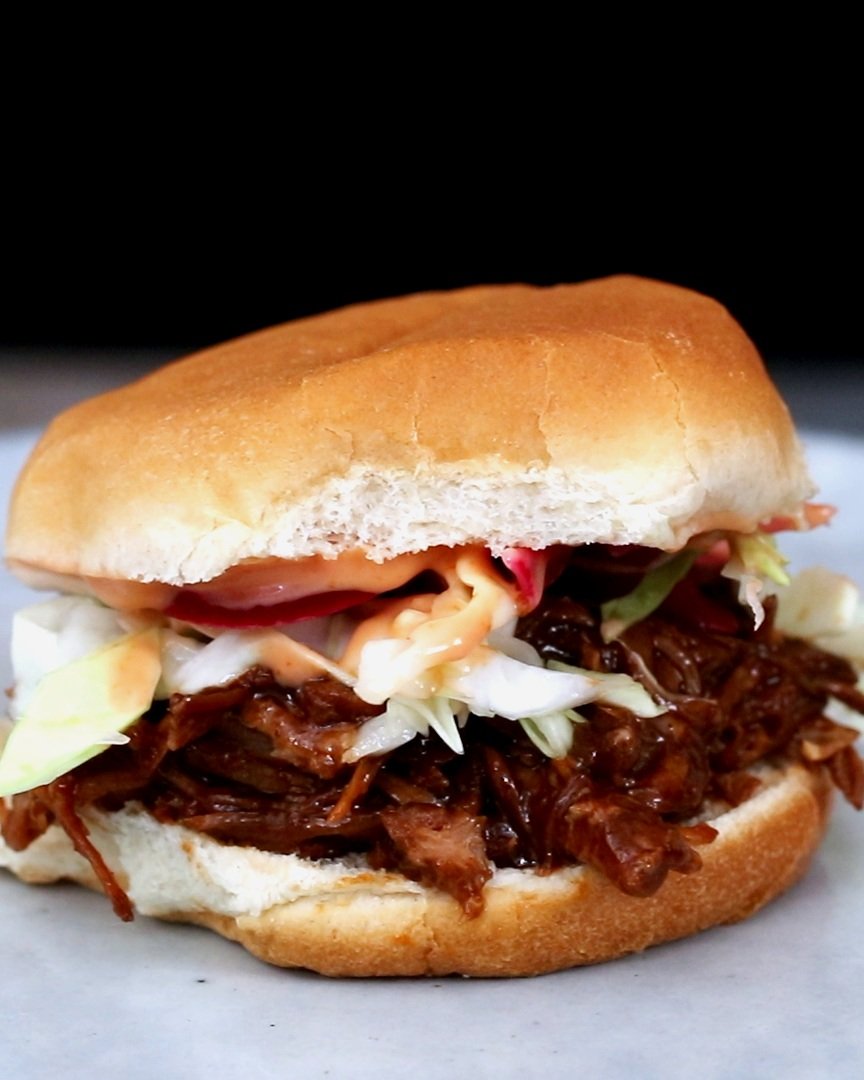
Spicy Pork Ribs (Korean Style)
Oven Baked Moist and delicious Spicy Pork Ribs!
What is Gochujang?
Gochujang or red chili paste is a savory, sweet, and spicy fermented condiment popular in Korean cooking. It is made from gochu-garu, glutinous rice, meju powder, yeotgireum, and salt. The sweetness comes from the starch of cooked glutinous rice, cultured with saccharifying enzymes during the fermentation process
Is gochujang really spicy?
Sure, gochujang has heat — depending on the brand, it can be extraordinarily spicy — but it also has a salty, almost meaty depth and a slight sweetness. In other words, it's not a one-note hot sauce that you add to a dish after the fact.
Watch the video recipe
Spicy Pork Ribs (Korean Style)
Ingredients
6 lbs pork rib racks
1/2 cup gochujang*
1/2 cup ketchup
1/3 cup Sriracha sauce
6 cloves crushed garlic
1/4 cup finely minced green onions
2 tablespoons brown sugar
3 tablespoons rice vinegar
1 tablespoon sesame oil
1/4 cup regular soy sauce
1 teaspoon kosher salt
Instructions
STEP 1
Use a small paring knife to help you remove the thin white membrane from the underside of the rib racks.
STEP 2
Preheat the oven to 275° F.
STEP 3
Combine the gochujang, ketchup, Sriracha, and the rest of the ingredients in a bowl. Reserve 1/3 of a cup of the mixture for basting later. Apply the remaining mixture to the ribs with your hands or a pastry brush. Wrap the rack tightly within 2 sheets of foil, sealed at the edges to form a ‘parcel’.
STEP 4
Roast in the preheated oven for 2 hours.
STEP 5
Remove the ribs from the oven and increase the oven temperature to broil.
STEP 6
Carefully open up the foil parcels. Then take the reserved chili sauce mixture and liberally brush the rack with the sauce. Place the ribs back in the oven, uncovered, for 5-10 minutes or until the edges of the ribs are just starting to char.
STEP 7
Remove the ribs from the oven and pile them onto a serving board or plate. Serve with plenty of napkins!
*NOTES:
Gochujang is a Korean fermented chili paste. It’s available in the Asian aisle of most supermarkets or from an Asian grocery store.





